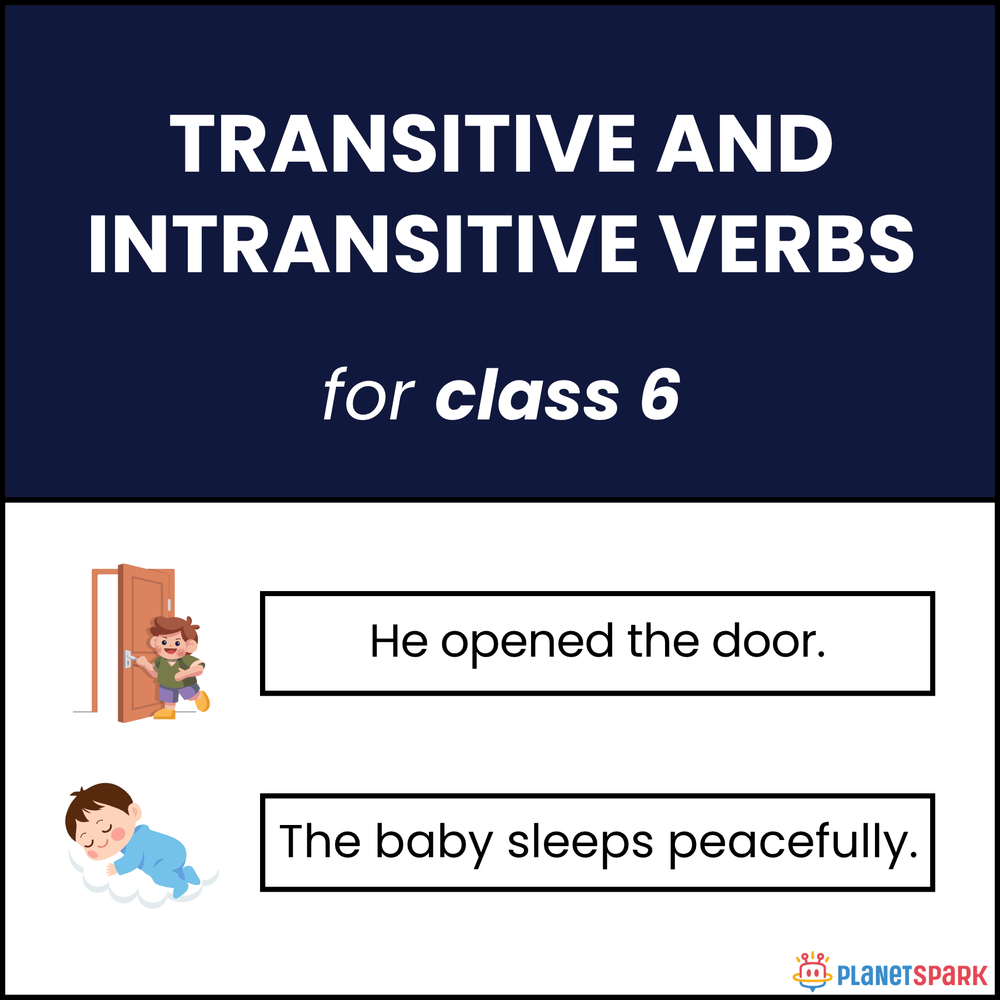Verbs are an essential part of any sentence, as they express actions or states of being. Transitive and intransitive verbs play different roles in a sentence, and it is important to understand the difference between the two.
Transitive verbs are action verbs that require a direct object to complete their meaning. In contrast, intransitive verbs do not require a direct object to complete their meaning. Identifying whether a verb is transitive or intransitive can help us understand the structure of a sentence better.
Worksheet on Transitive and Intransitive Verbs
1. Identify whether the following verbs are transitive or intransitive:
a) Run
b) Eat
c) Sleep
2. Write a sentence using a transitive verb and include a direct object:
Example: She ate the delicious pizza.
3. Write a sentence using an intransitive verb:
Example: The birds chirped loudly in the morning.
4. Fill in the blanks with the appropriate transitive or intransitive verb:
a) The children __________ in the playground. (play)
b) He __________ a book in one sitting. (read)
c) The flowers __________ beautiful in the garden. (bloom)
5. Circle the transitive verbs in the following sentences:
a) The chef cooked a delicious meal for the guests.
b) The cat sleeps peacefully on the windowsill.
c) She watered the plants in the garden.
Understanding the difference between transitive and intransitive verbs can enhance your writing skills and improve the clarity of your sentences. By practicing with this worksheet, you can strengthen your knowledge of these two types of verbs and how they function in a sentence.
Now that you have completed the worksheet on transitive and intransitive verbs, take some time to review your answers and ensure that you have grasped the concepts effectively. Keep practicing with sentences containing transitive and intransitive verbs to further enhance your understanding of grammar rules.
